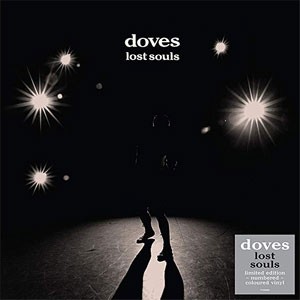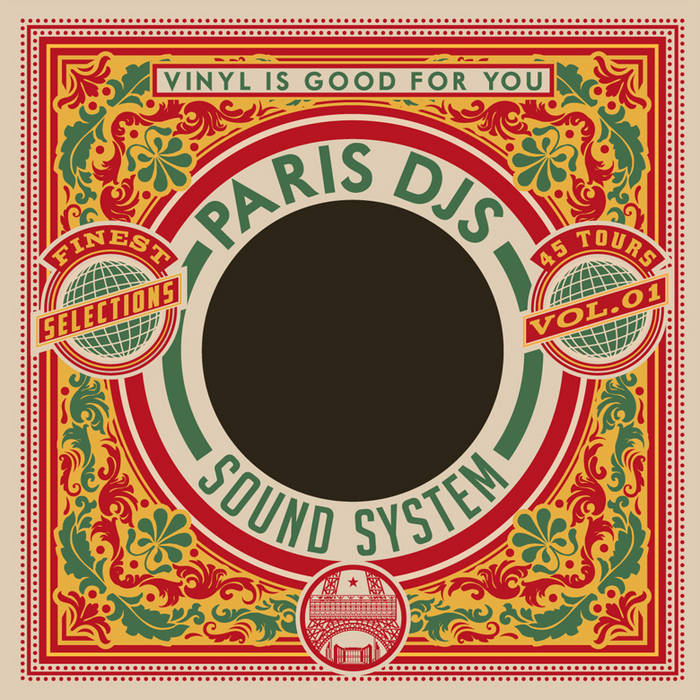

If you're making records and you’re a DJ and putting out releases, whether it’s mixtapes or whatever, you’re adding to this pile, whether you want to admit it or not.” Almost none of these artists still have a career, really, so you kind of respect that. “Just being in here is a humbling experience because you're looking through all these records, and it's sort of like a big pile of broken dreams, in a way. So, it has almost a karmic element of, “I was meant to find this on top,” or, “I was meant to pull this out because it works so well with this.” So it has a lot of meaning for me personally,” he says in Scratch. “In fact, most of was built off of records pulled from here. In Doug Pray’s DJing documentary Scratch, Shadow sits among the basement’s floor-to-ceiling record stacks and discusses finding the samples for Endtroducing among them. After years of sorting through the stacks upstairs, the owner granted Shadow access to the store’s basement, a cavernous catacomb of disorganized and otherwise jettisoned vinyl. How did Shadow source the album's many samples?Ĭut Chemist once called DJ Shadow “the king of digging.” Shadow did most of his crate-digging for the hundreds of samples on Endtroducing at Rare Records in Sacramento, the now-shuttered used record store commemorated on the album cover. “The reason it’s spelled E-N-D at the beginning was because I saw it as the final chapter in a number of singles that I had done already.” In 2012, Shadow told NPR how his career status in 1995 directly influenced the album title. By the time he started recording in 1995, Shadow had graduated from UC Davis, toured Europe as a DJ, and was living in a small Davis, CA apartment that he described as a “little rat hole.” Though Endtroducing was his debut, he’d released several Mo’ Wax singles, including 1993’s “In/Flux,” and completed many remixes for labels like Hollywood BASIC. Hailed for his “beats, fat drum fills, swift cuts,” he was already synthesizing disparate sounds, pulling from Jimi Hendrix (“Purple Haze”) and The Commodores (“Assembly Line”) on a single song. In 1991, when Shadow was just 18, he was featured in The Source’s “Unsigned Hype” column. There are decades of music that might not have happened if not for Endtroducing. Somewhere between Shadow’s Endtroducing and Dilla’s Donuts, you have the roots of the Los Angeles Beat Scene, the hip-hop and electronic music community that spawned Grammy-winning producers like Flying Lotus. Without Endtroducing, the world might not have been ready to accept J Dilla’s Donuts, another brilliant work of sampling bricolage.
DJ SHADOW HUMANKIND FULL
The album gave rise to the notion that hip-hop producers could create a full instrumental album, that they were more than composers for rappers. Order the remastered vinyl edition of DJ Shadow's Endtroducing here. In this article, we’ll answer a few questions about why the album remains such a touchstone. It was a construct that DJ Shadow helped deconstruct one sample at a time. Endtroducing was a hip-hop record that irrevocably blurred the lines between genres, exposing the reality that genre never really existed.

Hip-hop, electronic, ambient, jazz, rock, classical, and more coalesce. In the expansive, ethereal, and meditative world that is Endtroducing, The Meters coexist with Tangerine Dream (“Changeling”), Pink Floyd plays on the same bill with Jimmy Smith (“The Number Song”). The fact that Shadow was able to keep every musical fragment in his brain almost makes him seem more like a conduit than a composer. Producers had sampled for years, and perhaps the Beastie Boys’ Paul’s Boutique rivals the number of sources on Endtroducing, but nothing before Endtroducing had its sonic scope. After years of bending over record crates and inhaling dust from decades-old vinyl in the basement of the Sacramento record store, Joshua Davis pulled hundreds of samples together to create a record that reimagined and expanded the possibilities of the art form.

To listen to DJ Shadow’s Endtroducing is to hear sampling approached as a spiritual practice, an aural document of one man’s lifelong reverence for hip-hop and his communion with the history of recorded music.


 0 kommentar(er)
0 kommentar(er)
